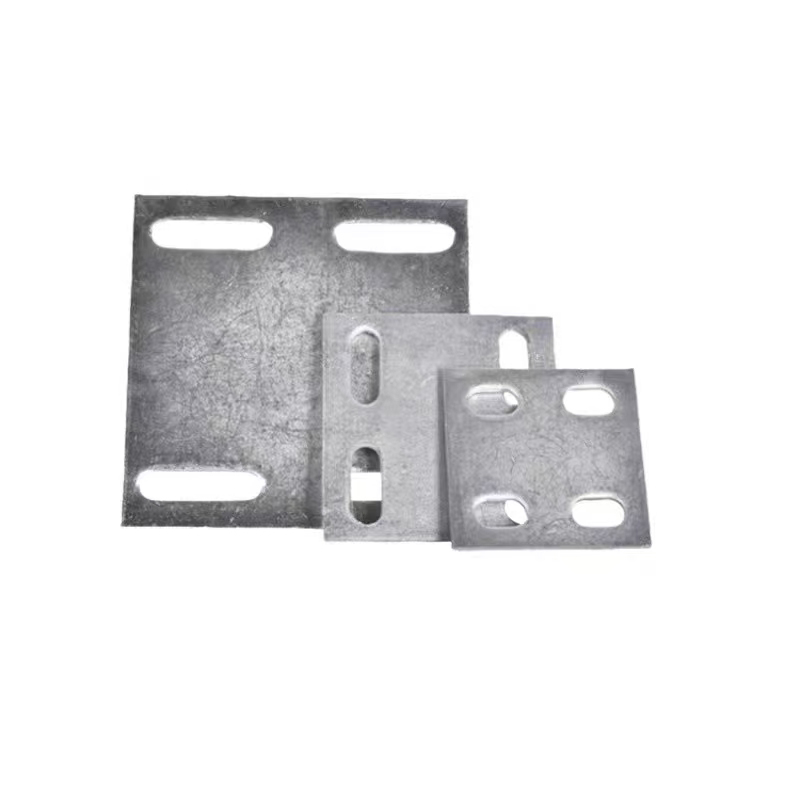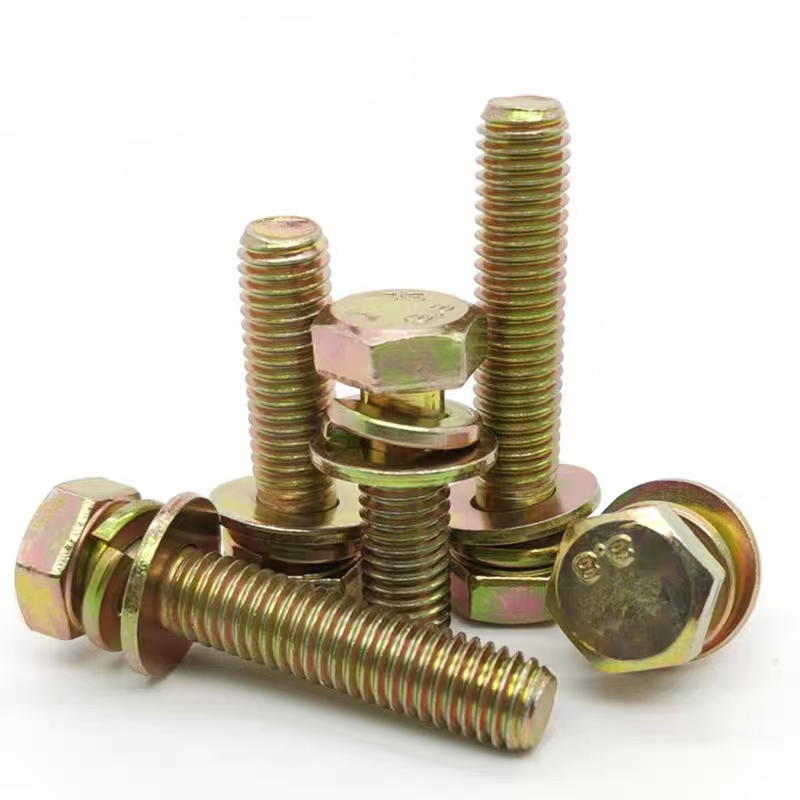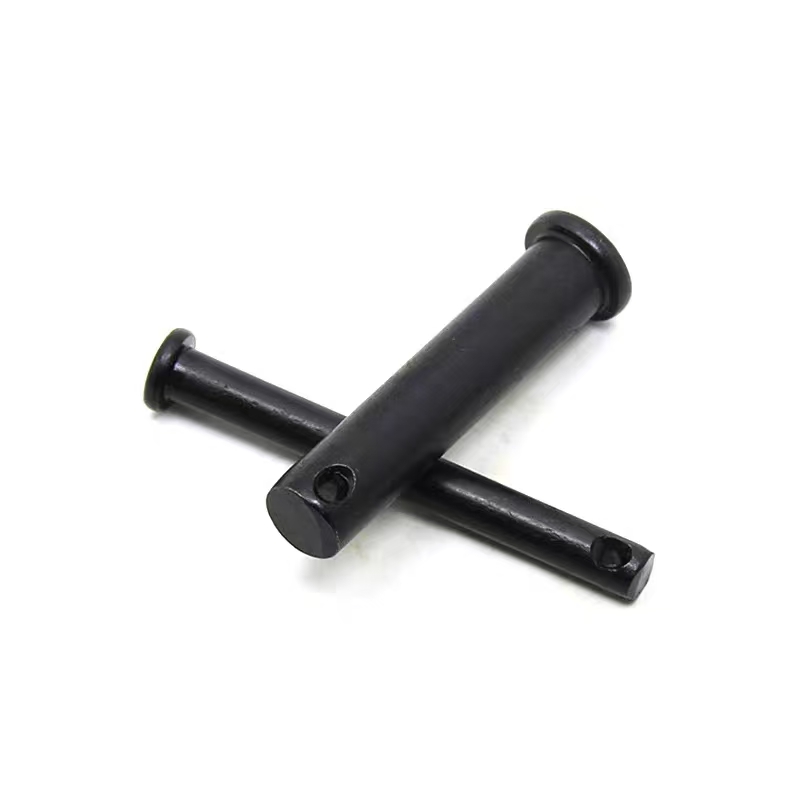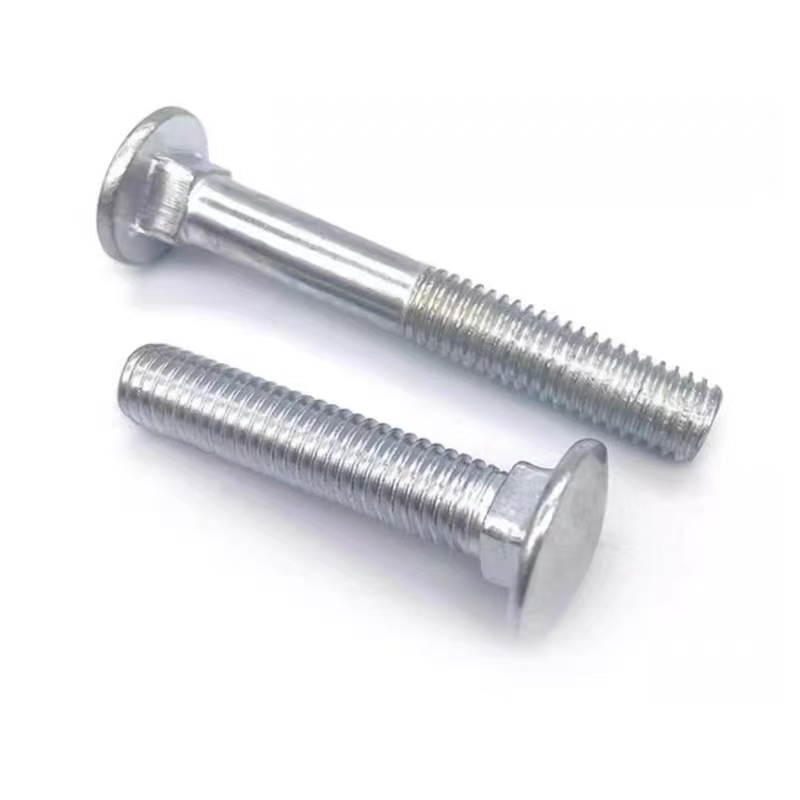- Chinese
- French
- German
- Portuguese
- Spanish
- Russian
- Japanese
- Korean
- Arabic
- Irish
- Greek
- Turkish
- Italian
- Danish
- Romanian
- Indonesian
- Czech
- Afrikaans
- Swedish
- Polish
- Basque
- Catalan
- Esperanto
- Hindi
- Lao
- Albanian
- Amharic
- Armenian
- Azerbaijani
- Belarusian
- Bengali
- Bosnian
- Bulgarian
- Cebuano
- Chichewa
- Corsican
- Croatian
- Dutch
- Estonian
- Filipino
- Finnish
- Frisian
- Galician
- Georgian
- Gujarati
- Haitian
- Hausa
- Hawaiian
- Hebrew
- Hmong
- Hungarian
- Icelandic
- Igbo
- Javanese
- Kannada
- Kazakh
- Khmer
- Kurdish
- Kyrgyz
- Latin
- Latvian
- Lithuanian
- Luxembou..
- Macedonian
- Malagasy
- Malay
- Malayalam
- Maltese
- Maori
- Marathi
- Mongolian
- Burmese
- Nepali
- Norwegian
- Pashto
- Persian
- Punjabi
- Serbian
- Sesotho
- Sinhala
- Slovak
- Slovenian
- Somali
- Samoan
- Scots Gaelic
- Shona
- Sindhi
- Sundanese
- Swahili
- Tajik
- Tamil
- Telugu
- Thai
- Ukrainian
- Urdu
- Uzbek
- Vietnamese
- Welsh
- Xhosa
- Yiddish
- Yoruba
- Zulu
- Kinyarwanda
- Tatar
- Oriya
- Turkmen
- Uyghur

China 5 16 18 t bolt
The Art of Choosing the Right T Bolt in China: Insights and Observations
Choosing the right T bolt can be tricky, especially with a focus on China. How do you navigate options like the 5, 16, or 18 T bolt? Join me as I explore the considerations and common pitfalls based on my years in the industry.
Understanding the Basics of T Bolts
When it comes to T bolts, it's all about understanding specifications and applications. The numbers—5, 16, 18—usually refer to sizes and thread types, which can significantly affect their use. There’s a lot of nuance here. For instance, a 5 T bolt might suit lightweight applications, whereas an 18 T bolt could be necessary for heavier demands.
I've worked with various suppliers, and what often surprises newcomers is the specificity involved. You can't merely pick one off the shelf. Every project has unique requirements, and T bolts must be chosen accordingly.
One misstep I often see: assuming bigger means better performance. In reality, the material and environmental conditions play crucial roles in the decision-making process too. For example, a stainless steel 16 T bolt might be overkill for certain dry applications.
Insights on Sourcing from China
China, being a large production hub, offers myriad options for T bolts. Handan Zitai Fastener Manufacturing Co., Ltd. is one such reliable supplier, located in Yongnian District, Handan City. Their proximity to major transport links like the Beijing-Guangzhou Railway helps ensure swift delivery.
Sourcing from Chinese manufacturers often leads to significant cost savings but demands careful vendor evaluation. Factors like production capabilities, material quality, and compliance with international standards cannot be overlooked.
One approach is visiting https://www.zitaifasteners.com for detailed specifications and production insights. In my experience, engaging directly with manufacturers for custom requirements usually yields the best results.
Real-World Application and Experiences
In a recent project, we chose an 18 T bolt for structural supports. Initially, there was hesitation—was it over-specified for the job? Yet the environmental stressors confirmed the decision. It's these real-world experiences that highlight the subtleties at play.
One lesson learned? Always cross-reference the manufacturer's specs with actual conditions on site. Variances, even minor, can lead to significant issues. This is where partnerships with reliable companies like Handan Zitai make a difference.
Practical tips: always keep a checklist of environmental exposure, load requirements, and potential corrosion factors. It sounds basic, but such due diligence prevents common missteps.
Challenges in Identifying Quality
While China offers vast options, ensuring quality often comes down to understanding the manufacturing process. A significant challenge is navigating claims versus actual performance. I remember a T bolt batch that failed due to overlooked material inconsistencies.
This is why companies like Handan Zitai, with strong reputations and proven track records, become invaluable. It's advisable to request third-party testing certifications to corroborate claims.
Another tip: engage directly with technical teams to discuss your specific needs. Their insights can often reveal overlooked aspects and lead to better, tailored product selections.
Concluding Thoughts on T Bolt Selection
Ultimately, the right T bolt selection in China demands a careful blend of technical understanding and supplier vetting. Trustworthy manufacturers like Handan Zitai provide flexibility and assurance in quality, but it's equally essential to be armed with the correct project insights yourself.
Each project will have its quirks, and knowing when to opt for a 5, 16, or 18 T bolt is part of the art. Keep learning, adapting, and connecting with the right resources, and the process becomes far less daunting.
Related products
Related products
Best selling products
Best selling products-
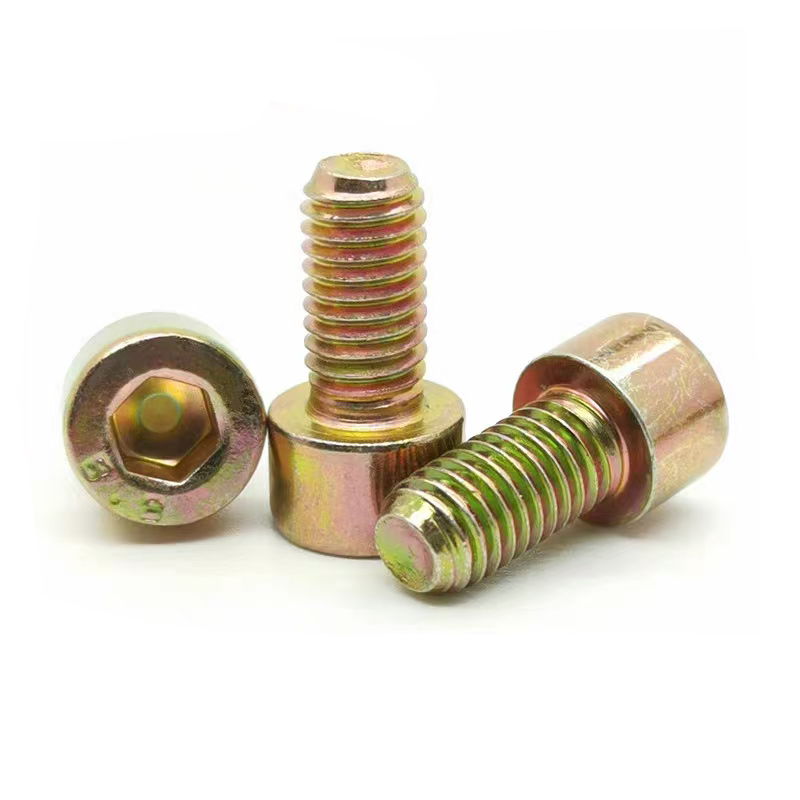 Hexagon socket colored zinc-plated bolts
Hexagon socket colored zinc-plated bolts -
 Welding nut (welding nut)
Welding nut (welding nut) -
 Colored zinc-plated expansion hook
Colored zinc-plated expansion hook -
 Colored zinc-plated gaskets
Colored zinc-plated gaskets -
 High-strength blackened gasket
High-strength blackened gasket -
 Colored zinc plated countersunk cross bolts
Colored zinc plated countersunk cross bolts -
 Electroplated galvanized gaskets
Electroplated galvanized gaskets -
 Umbrella handle anchor (J-type anchor bolt/umbrella handle embedded bolt)
Umbrella handle anchor (J-type anchor bolt/umbrella handle embedded bolt) -
 Electroplated galvanized flange nut (flange face nut)
Electroplated galvanized flange nut (flange face nut) -
 Black zinc plated hexagonal bolts
Black zinc plated hexagonal bolts -
 U-bolts
U-bolts -
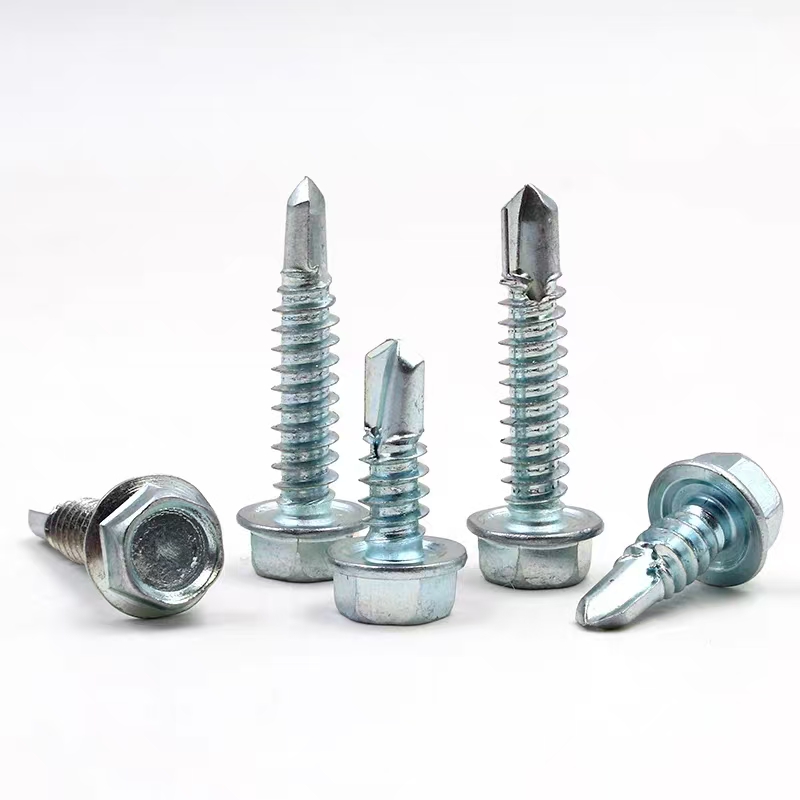 Electro-galvanized hexagonal drill thread
Electro-galvanized hexagonal drill thread




